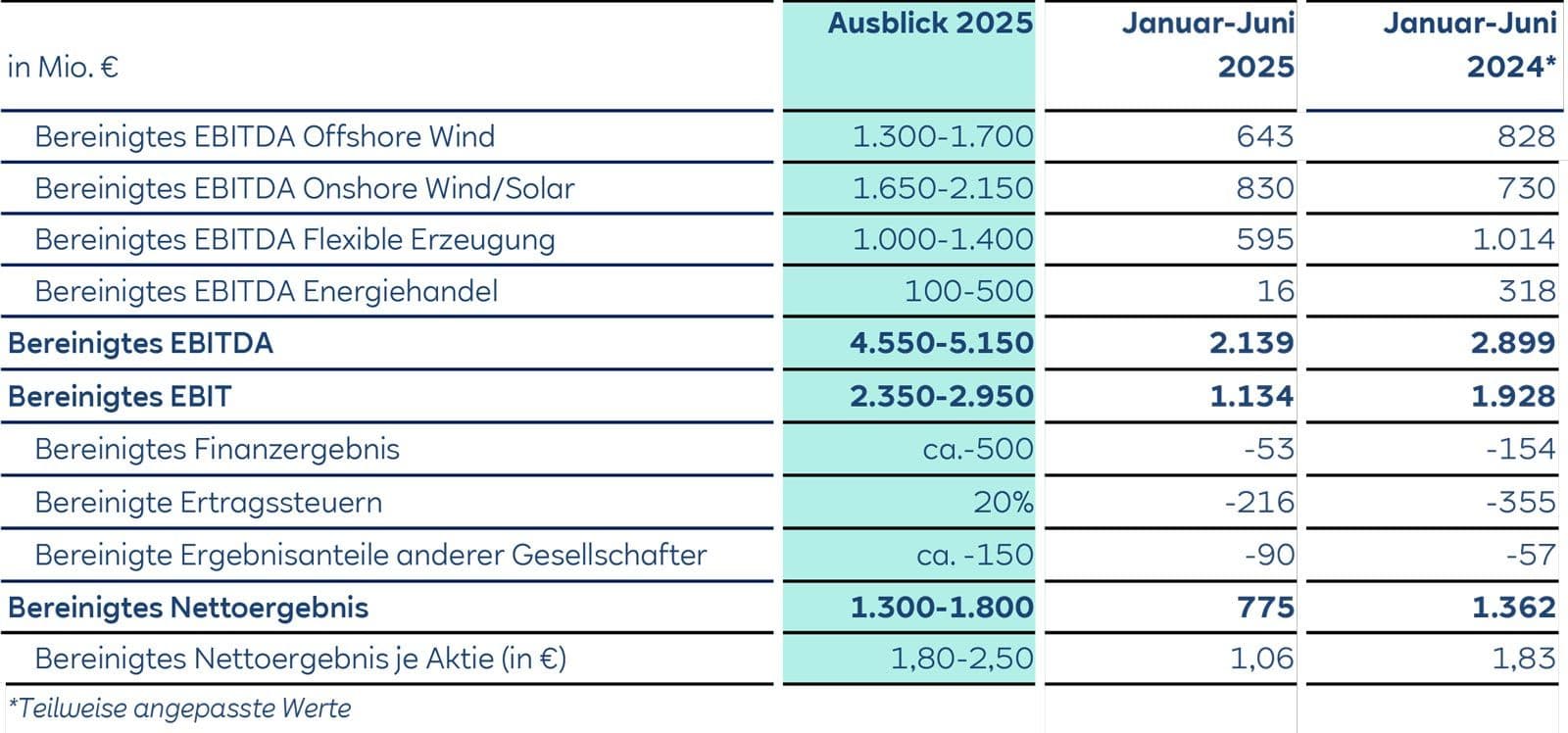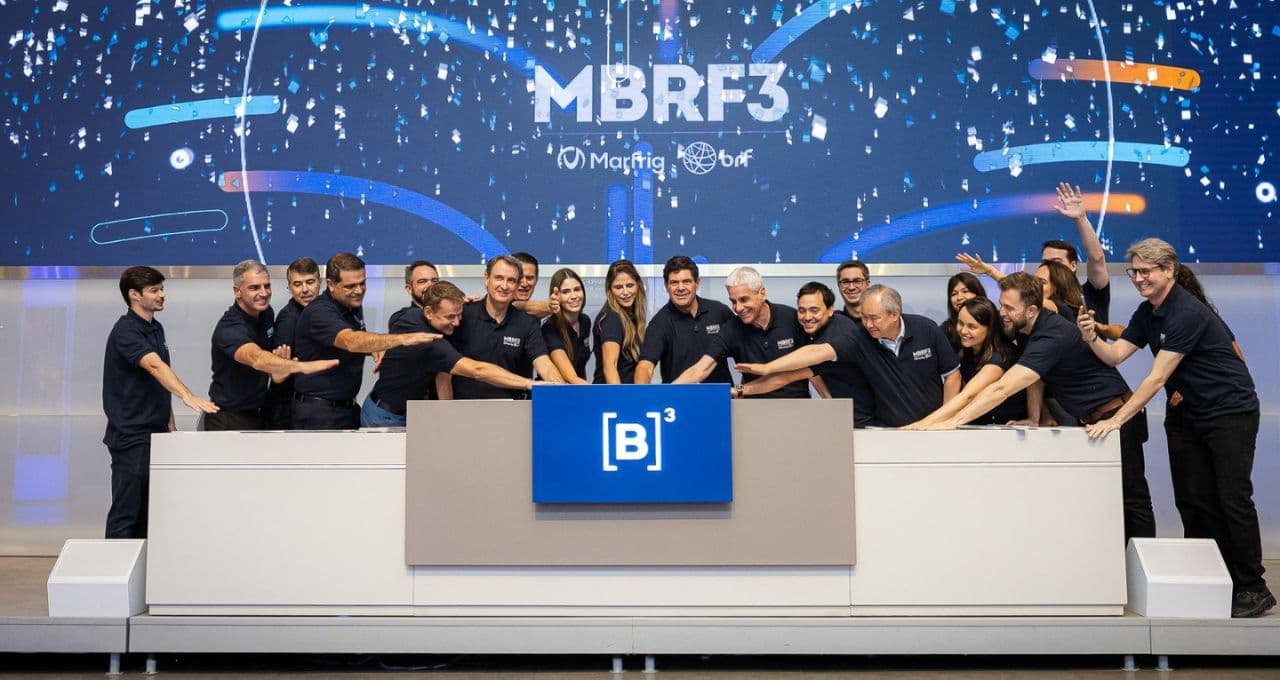Beyond the R$1 Mark: Raízen's High-Stakes Bet on Strategic Revival
Raízen's shares plummet after Q1 losses. We unpack the soaring debt, strategic divestments, and the high-stakes battle to deleverage and ignite a critical financial turnaround.
The Precipitous Fall: Anatomy of a Q1 Disaster
, a titan in the global ethanol and sugar industry, recently sent shockwaves through the market with its Q1 2025/26 fiscal results, painting a grim picture of financial distress. The company reported a staggering R$1.8 billion net loss, a sharp reversal from the R$1.1 billion profit just a year prior. This alarming figure was compounded by a dramatic surge in net debt, which ballooned to R$49.2 billion from R$31.6 billion. The market reacted swiftly and harshly, with shares (RAIZ4) plummeting over 10% on the day of the announcement, dipping precariously close to the R$1.00 mark and shedding over 40% year-to-date. Analysts were quick to dissect the underlying issues. highlighted several factors: a significant increase in leverage due to replacing supplier contracts with direct debt, leading to a net debt/EBITDA ratio of 4.5 times; non-recurring operational efficiency gains; adverse weather conditions that curtailed milling volumes and diluted cost efficiencies; and substantial inventory losses in fuel distribution segment, worsened by an extended maintenance shutdown in . This confluence of challenges marked a truly difficult start to the new fiscal year for , setting the stage for an urgent strategic overhaul.
Mounting Debt, Mounting Pressure: Raízen's Leverage Dilemma
The core of current predicament lies squarely with its escalating debt burden. Net debt surged to R$49.2 billion, a substantial leap from R$34 billion in the fourth quarter of the previous fiscal year, driven primarily by the winding down of extensive supplier financing operations. This shift fundamentally altered the company's financial structure, transforming what were once supplier agreements into direct debt on its balance sheet. The immediate consequence is a critical increase in the company’s leverage, as reflected by the net debt-to-EBITDA ratio jumping from a manageable 2.3 times to an alarming 4.5 times. This elevated debt level comes with a hefty price tag, evidenced by a net debt cost of R$1.6 billion in the quarter alone, projecting to an annualized R$6.2 billion. As analysts pointed out, this substantial cost, exacerbated by higher CDI rates, creates immense pressure, demanding an accelerated deleveraging process. While initial steps like adjusting capital expenditure, reducing the trading business, and divesting non-essential assets are underway, the sheer scale of the debt suggests these measures, while positive, may not be sufficient on their own to re-establish a healthy financial footing.
Strategic Compass: Divestments and the Road to Recovery
Facing an urgent need to deleverage and stabilize its financial position, has activated a comprehensive recovery mode, with aggressive divestments forming a cornerstone of its strategic response. The company, jointly controlled by and , has already completed R$3.6 billion in asset sales since the current management took the helm, with a significant R$2.6 billion of that cash inflow realized within the current fiscal year. These divestments aren't merely about shedding assets; they are a deliberate move to simplify portfolio and sharpen its focus on core, high-value operations. The strategy centers on concentrating efforts on the production of ethanol, sugar, and bioenergy, alongside the crucial distribution of fuels within . CEO affirmed this strategic pivot during a call with investors, emphasizing the long-term vision behind these sales. While analysts from acknowledge these steps – adjusting capex, streamlining trading, and divesting non-essential assets – as positive contributions to deleveraging, they also cautiously suggest that these measures alone might not fully resolve the company’s deep-seated debt challenges. This implies a recognition that while divestments are crucial, the path to full recovery likely necessitates a multi-faceted approach, potentially including other significant financial maneuvers.
Market's Verdict and the Path Ahead: Analyst Perspectives and Future Outlook
The market's immediate verdict on Q1 results was unequivocally negative, as evidenced by the dramatic plunge in share price, nearing historical lows. , for instance, revised its 2026 price target for RAIZ4 down to R$2.00 from a previous R$2.80 for 2025, reflecting the impact of higher debt levels and increased costs, despite some positive offset from improved margins in the Mobility segment. This downward adjustment underscores the significant challenge faces in its deleveraging journey. However, amidst the skepticism, glimmers of a potential rebound emerge through the lens of other analyst perspectives. , notably, maintained its 'buy' recommendation for shares, articulating a belief that even a modest improvement in free cash flow could unlock substantial value for shareholders. Crucially, the company's proactive stance in evaluating a potential capital increase with its controlling shareholders has been viewed positively by some, signaling a serious commitment to addressing its financial structure head-on. This possibility of a capital injection, alongside ongoing operational adjustments and divestments, positions in a high-stakes battle for stability. While the 'recovery mode' has been activated, as noted, the path ahead remains arduous, yet the strategic maneuvers in play suggest a determined effort to transform current market apprehension into a future rebound.
Related Articles

Beyond the Payout: CPFL's Blueprint for Sustainable Investor Value

Beyond the Payout: CPFL's Blueprint for Sustainable Investor Value

RWE's Strategic Current: Navigating Market Swings Towards a Greener Horizon

RWE's Strategic Current: Navigating Market Swings Towards a Greener Horizon

From Brazil to Riyadh: MBRF's Bold Bet on the Global Halal Empire

From Brazil to Riyadh: MBRF's Bold Bet on the Global Halal Empire

Decoding the Data Diet: Nestlé's Growth Pains and the Pursuit of a Palate-Pleasing Portfolio
